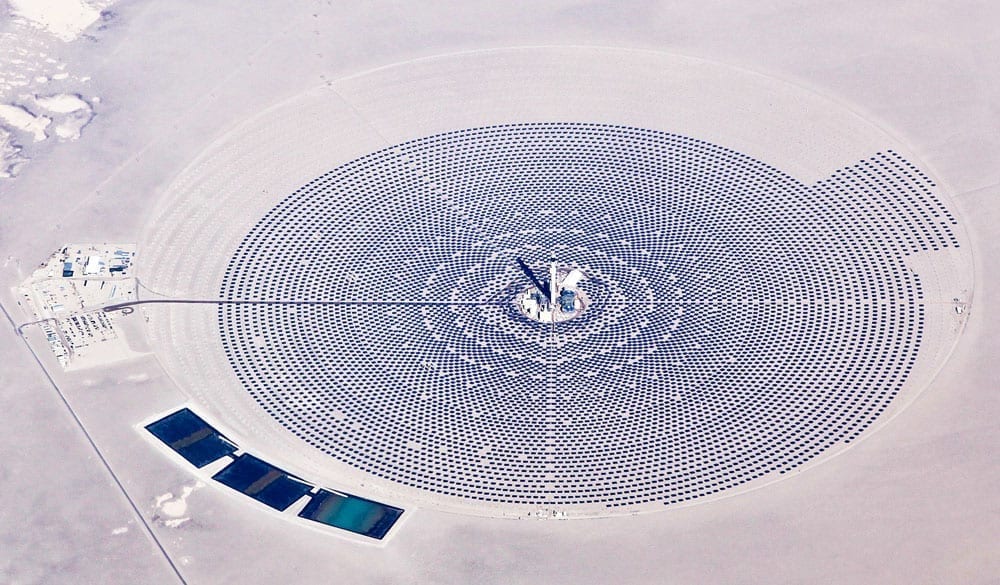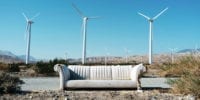The Energy-Emissions Trap
Journal paper by Martin Sers and Peter Victor
Ecological Economics, Vol 151 | May 2018

Summary
The requirement to reduce emissions to avoid potentially dangerous climate change implies a dilemma for societies heavily dependent on fossil fuels. Reducing emissions will necessitate the transition from relatively high EROI dispatchable fossil fuels to a combination of relatively low EROI intermittent renewables and geographically limited non-intermittent renewables. As renewable capacity requires energy to construct there is an initial fossil fuel cost to creating new renewable capacity.
An insufficiently rapid transition to renewables will imply a scenario in which it is impossible to avoid either transgressing emissions ceilings or facing energy shortages; we term this the energy-emissions trap. In this paper, we construct a mathematical model, termed EETRAP, that builds the EROI metric and the energy characteristics of renewable generation into a macroeconomic framework. EETRAP is used for simulation analysis to test how differing assumptions about the EROI of intermittent renewables will affect the time-path of renewable investment necessary to escape the energy-emissions trap.
For all runs of the model, the renewable investment rate by 2050 is significantly larger than the current energy investment rate. For declining intermittent renewable EROI, the renewable investment rate crowds out other forms of investment leading to a declining economic growth rate.
The article can be reached via the Science Direct website. If you have difficulties accessing the paper, please get in touch: info@cusp.ac.uk.
Citation
Sers M and P Victor 2018. The Energy-Emissions Trap. Ecological Economics. Vol 151. DOI: https://doi.org/10.1016/j.ecolecon.2018.04.004.



